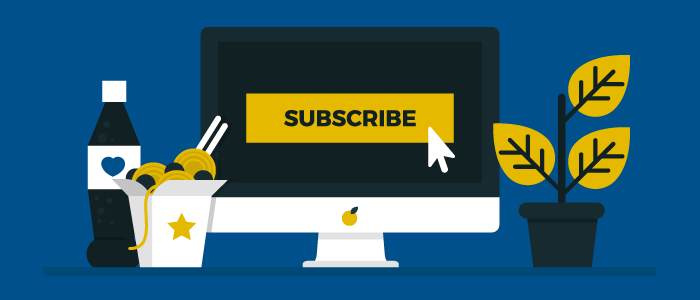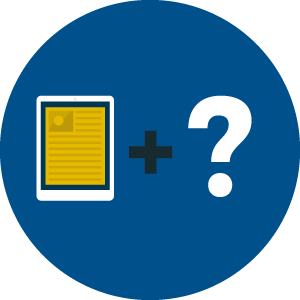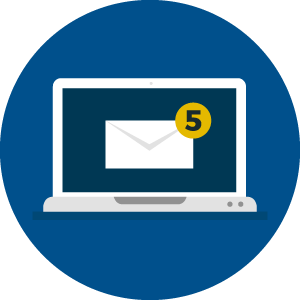How to inject stories into your subscription marketing and convert more visitors into paying subscribers

So you’ve launched your subscription website. You’ve determined the right price, and how you want to offer your subscription to customers, and you’re ready to think about ways to entice, persuade and convince them, whether it’s copy on a landing page, or an outbound email. Few subscribers ever make a decision to buy from you based solely on your price or offer!
We’ve written many times about good creative writing in email marketing, which is just as applicable to subscription website landing pages. As always, Mequoda hammers away on meeting customers’ needs and on conveying benefits instead of features.
Several examples of these strategies date back as far as subscription marketing itself – starting with the godfather of copywriting, Claude Hopkins, who advised, “Ads are based entirely on service … They cite advantages to users.”
When did he write that? 1923. Hopkins was so successful as a copywriter, the advertising agency he worked for paid him $185,000 per year. In 1907.
[text_ad]
 Telling personal stories is one of your greatest sales devices. It’s why there’s an entire category of employment for copywriting.
Telling personal stories is one of your greatest sales devices. It’s why there’s an entire category of employment for copywriting.
There’s a famous ad for the U.S. School of Music, written in 1925. It led with the headline, They Laughed When I Sat Down at the Piano. But When I Started to Play…
Even if you’ve never read this absolutely classic copy, you can guess where this one is headed: A personal story of the writer’s anguish over being musically inept, and how surprised all his friends were when his lessons from the music school paid off.
You’ll still see variations on this theme today, made re-popularized by websites like Upworthy, who bring in a not-too-shabby 25 million unique visitors per month through these curiosity gap headlines and who claim their stories are shared between six and 30 times that of other media companies.
But while storytelling-based headlines get tired on a website when every article uses it, they work particularly well in subscription marketing language and promotional copy.
 1. Sell digital access to Travel + Leisure with…
1. Sell digital access to Travel + Leisure with…
They grinned when the waiter spoke to her in French – but their laughter changed to amazement at her reply.
2. Sell digital access to Meetings And Conventions with…
They thought we were crazy to ask people to travel thousands of miles for this intimate event in remote Fargo…
3. Sell digital access to Entrepreneur with…
Imagine yourself … holding the whole team spellbound for 30 minutes!
Nope, humans never change. Neither do the fundamentals of successful subscription marketing. It never hurts to get back to basics!
Where to inject your stories in your subscription marketing
 Beyond your landing page, Mequoda clients first monetize their audience via their free newsletter. We recommend sending emails at least five days a week. If you think that’s too much, research shows that subscribers stay subscribed longer to daily emails than to infrequent emails. When subscribers expect your email (and provided the content is valuable), they stay on your list and make reading your email newsletter part of their daily habit.
Beyond your landing page, Mequoda clients first monetize their audience via their free newsletter. We recommend sending emails at least five days a week. If you think that’s too much, research shows that subscribers stay subscribed longer to daily emails than to infrequent emails. When subscribers expect your email (and provided the content is valuable), they stay on your list and make reading your email newsletter part of their daily habit.
Don’t believe us? Consider this newsletter retention test:
It was run by a large B2C portal where the average user is a 46-year-old female.
The control group received 11 emails per week and over a three year period averaged an annual retention rate of about 68%.
The test group received only two emails per week and demonstrated an annual retention rate of about 59%.
The icing on the cake was a 4X increase in spending for the control group over the test group on a per subscriber basis.
If you’ve been delivering subscribers great content every day through email, they are more inclined to pay for your magazine or newsletter. That’s where the spotlight email template comes in, which can be mailed once or twice a week and markets your subscription website. We recommend creating 12 different spotlight templates:
- A short one, straight to the point with a super-charged call to action
- A long one, including bullet points about every benefit they get as a magazine subscriber, and many calls to action
- One with video, featuring exclusive content only available to premium subscribers
- One with a large image above the fold that provokes the email subscriber to keep reading to the call to action
- One that’s highly designed and has more images than text
- One in the form of a plain-text email from the editor
- One that polls them on their favorite content from your site (with a more subtle CTA for the premium product)
- One that includes a “once a year” offer on the rate
- One that includes reader testimonials
- One that includes a list of links to premium content that would be immediately available to them, if they signed up for your web edition
- A free trial offer
- A “bonus gift” offer
Once you’ve created your 12 spotlight email templates, to satisfy a whole quarter, choose a day of the week, say Wednesday, and roll through them every 12 weeks. Because all of the promotions are so varied, your readers won’t get bored, and your sales should increase.
In the meantime, I invite you to share ideas with me for great creative – especially if you have classic copywriting favorites. Leave a comment below!


